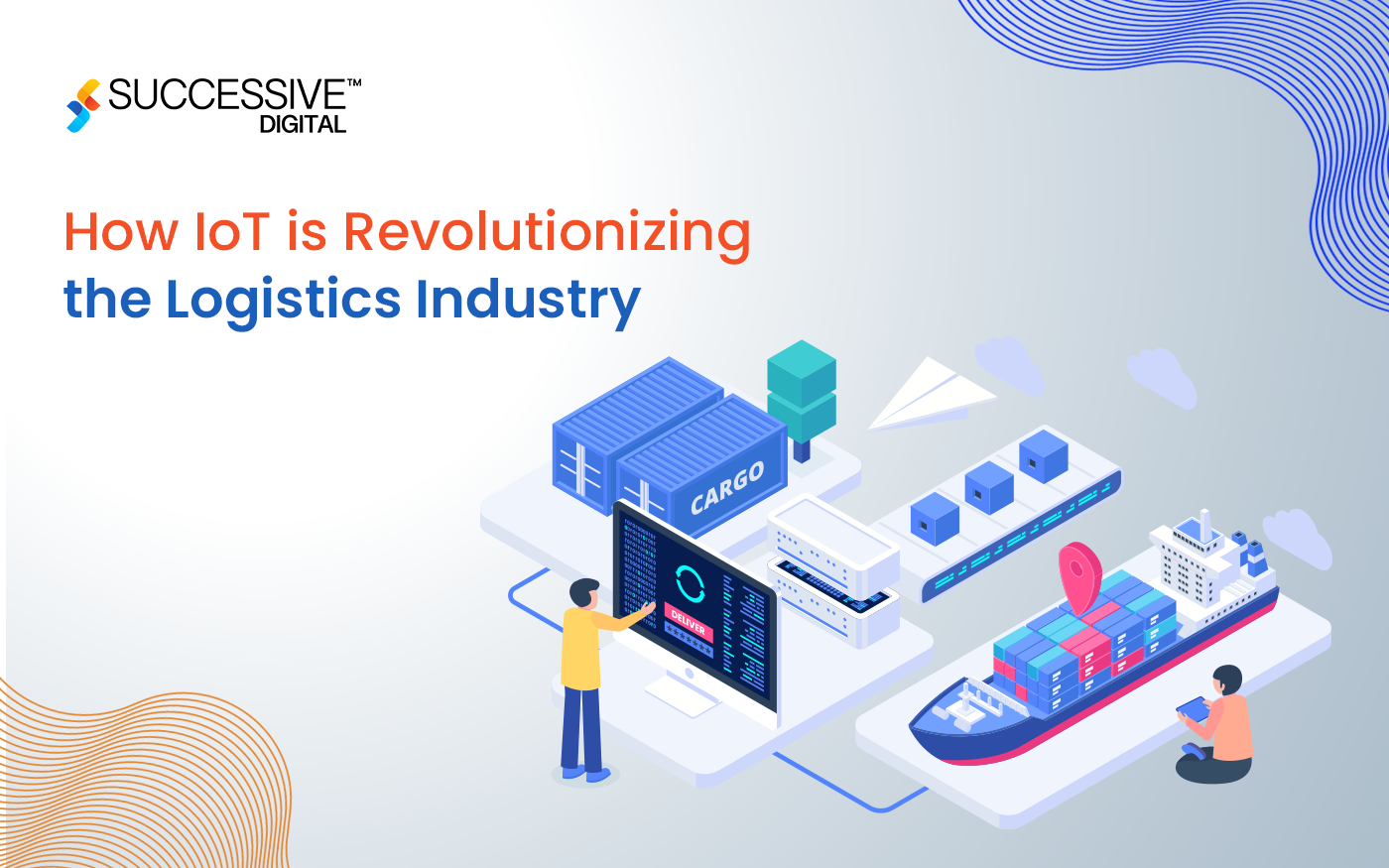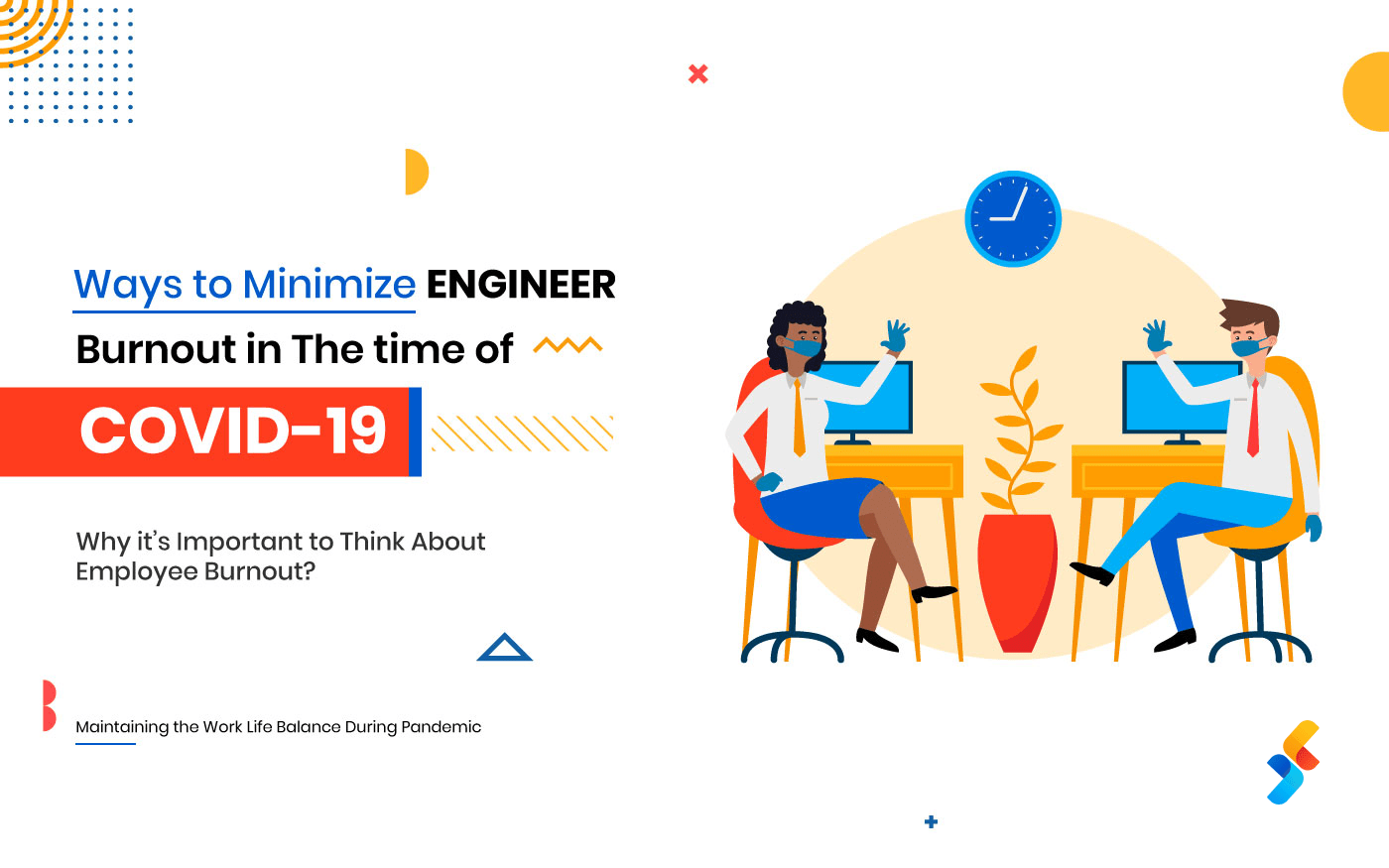The global agriculture market shows an estimated growth of about 2.9 percent annually. If combined with technology, the “AgriTech” market is projected to grow by 11.3%, estimated at around $4.2 Billion by 2027.
The agriculture market and the global population (83 million annually) grow every minute. As the population continues to grow, so will the demand for resources- especially the need for food. This growing demand is only achievable by blending the technology in agricultural operations —widely known as Agritech or Agtech.
Looking back, agriculture has always struggled to get through in technology that has transformed other industries. Just like Uber has disrupted transportation, Netflix has disrupted the way we watch movies, and Airbnb is disrupting the hotel business—farming seems to have changed very little in 10,000 years since the first crops were grown. However, we are now witnessing a paradigm shift where small holds are open to adopting new methods for easy farming; all we need is to adapt to the technology to grow better and faster.
What is Agri-tech?
As per the definition, Agritech is the science or practice of farming that includes cultivation of the soil, growing crops, and the rearing of animals to provide food, wool, etc.
Agri-tech is widely used as it is developed to improve overall efficiency and profitability using hi-tech methods that consider traditional farming. Well, the word agri in Agri-tech may confuse people with agriculture only. But, this categorization of Agri-tech is also applied to horticulture and aquaculture. The overall purpose of Agri-tech is to grow things quicker and more efficiently, whether they are on the farm, in the garden, or in the sea.
Why do we need Agri-tech?
Agri-tech has made the lives of farmers and agro-product sellers a lot easier. Tracking the crop at every stage and managing the logistics and fertilization took a lot of work.
It has made farm inputs more accessible to farmers by giving them the benefit of ordering required equipment sitting at home with just an app. This brings the need for Agri-tech into the lives of farmers.
Agriculture faces many challenges on a day-to-day basis, and Agri-tech solves them. Here are the most common challenges faced by Agriculture.
-
Land and soil management
Soil management has become a major challenge faced by agriculture today. Because of increased soil erosion and climate change, soil quality degrades, leaving it vulnerable to growing healthy crops. Thus, the challenge of land and soil management is eliminated with the right technology.
-
Coping climate change
As mentioned above, climate change has always been one of the biggest challenges with agriculture worldwide. Irregular rainfall, excess rainfall, snowfall, and irregular wind can cause severe damage to even grown-up crops. To get away with that, Agri-tech plays an essential role in keeping crops secured against climate change.
-
Meeting high demand
Farmers are under constant pressure to meet the ever-increasing demand through regular and transparent supply. The mindset has changed towards getting ‘good food’,’ not just ‘enough food.’ To meet the market in recent years, farmers need tips on logistics and crops with high nutritional value grown with minimal use of chemicals.
Is Tech. a Remedy to Agriculture Challenges?
With the world’s increasing population, it is expected to reach about ten billion in 2055. Thus, without introducing agricultural technology, everything will collapse,
Because considering the current agriculture challenges, only some places in the world provide ‘secure food’,’ with a good example being most African countries.
Farming thrives when growers focus on rooting before fruiting using hi-tech technology.
- For soil management- The role of and application of Artificial Intelligence in crop and animal pest and disease diagnosis with specific solutions.
- For resource depletion and climate– Big data will help analyze information, farm records, and large-scale agricultural statistics.
- To meet the demand- Robotics to improve planting, harvesting, and processing turnaround time.
Agritech Challenges
However, despite these boons, there have always been some challenges with AgriTech. Industry stalwarts believe there’s a lot of push and pull between leaving the traditional approach and using sophisticated modern equipment. The inadequacy of smart tools and the unavailability of routine resources for smallholding is another big challenge hindering the farmer’s operational growth. The application empowers farmers with a one-stop solution for managing their equipment and resources. If we see it in a broader picture, technology is not the real bottleneck; the tech penetration is the real problem- given the fragmented nature of global agriculture and small-hold farmers. The need of the hour is not agriculture technology but the distribution of agriculture technology.
We need Fast Imagination — Recognition — Budding — Value Espousing — Expansion and Penetration for the end client.
The process could be faster in the agricultural domain, where people remain hesitant to change their mindset, trust new technology, and take risks. They just wait for other sectors to make faster experimentation in this regard. Life with technology is shorter nowadays, so by then, that technology is gone…and so on. Here are the Agtech trends to look out for in 2023 to increase the trust in technology and fasten the go-to-market process.
Trends in Agritech Industry – 2023 and Beyond.
-
Regenerative agriculture to reduce soil degradation
The fertility of the soil is decreasing across the globe. And keeping the growing population and demand in consideration, the regeneration of soil is important to feed the world while keeping global warming under control. 2023 is the high time to practice preventive measures, and regenerative agriculture’s holistic farming system will boom in 2023.
Regenerative agriculture is a farming system that focuses on enhancing soil health, increasing biodiversity, and improving ecosystem services to improve agricultural sustainability over the long term. By implementing regenerative agriculture practices, farmers can reduce soil degradation and promote biodiversity to a great extent.
-
Increased crop protection & biofertilizers
In recent years, there has been a shift in focus from enough food to good food. Farmers are expected to grow crops with minimum use of fertilizers or any other chemicals. 2023 will see a rising trend of using organic materials for crops. Chemical-free fertilizers enhance the soil texture and allow it to retail a maximum amount of water for a longer run. It also helps increase the fungal activity in the crops, resulting in better crop health.
-
IoT technologies are making their way to crops even faster.
IoT solutions for agriculture support farmers by giving them access to real-time information about their crops without any hassle or delay. With the use of supporting software, specialized devices, and services, one can easily monitor data, including, most important of all, the health of the soil. With IoT devices providing so much ease to farmers, 2023 will see a surge in this technology to make well-informed decisions daily.
-
Agri-financing and sustainability investments will skyrocket.
According to United Nations Environment Program, global sustainable investment assets reached $35.3 trillion in 2020, up from $30.7 trillion in 2018. This shows how more and more investors and financial institutions recognize the importance of supporting sustainable agriculture practices and the potential for long-term financial returns.
The Bill & Melinda Gates Foundation also pledged $1.4 billion to help smallholder farmers in sub-Saharan Africa and Asia. This investment was in the direction of building climate resilience into their work practices for the climate-Smart commodities plan. There is growing awareness of the need to address climate change and promote sustainable agriculture practices to ensure food security for a growing global population. As a result, there may be increased interest and investment in agri-financing and sustainability in 2023 and beyond.
Putting the Trends Into Action using AgriTech Solutions

IoT-based Smart Farming
IoT-based smart farming uses farmers to monitor crop fields using sensors and automated irrigation systems. Using this Agri-tech software solution makes it easier for farmers to know the condition of the field and soil without any hassle. Not only this, IoT-based farming creates a massive value in addressing the challenges of climate and animal welfare and tracking the food supply chain. Hence, getting an IOT-based smart farming solution makes it a win-win deal for both farmers and agri-solution companies. Smart Farm is one such application of Successive Technologies that helps farmers get real-time data on weather, crop management, the latest marketplace price, and more.
However, using IoT devices is not new in the public domain; many industries have been thriving using IoT-based devices. Interestingly, the explosion of IoT devices in other industries could pale when compared with the already existing market of $11.4 billion in agriculture, research revealed.
Here are the handpicked solutions for IoT in agriculture
Crop monitoring
Using sensors, drones, and satellites, one can easily identify and monitor the health of the crop and the areas of attention. Crop monitoring leverages the earth observation information that is provided by satellite sensors, including humidity, rainfall, and temperature. This helps in helping in observing the vegetation on a daily basis.
Smart pest control
Using the IOT-based software, it is now easier to detect the presence of pests in the crops and dispense the required amount of pesticide. Smart pest control works by installing a low-quality image sensor that captures the pests in the crops and sends it to the platforms for further action.
Smart irrigation
Smart irrigation systems make the care of crops much easier by tailoring the water schedules and running automatically as per the scheduled pattern.
With smart irrigation, one can easily identify the amount of water needed by the selected landscape.
Weather forecasting
IOT-based weather forecasting helps in knowing the right time to apply fertilizers to the crops. Not only this, but IOT-based weather forecasting also helps understand the amount and type of fertilizer to be applied to the crops.
Data in agri logistics
Logistics is an essential aspect of making agricultural products reach the right place within time. Over 30 percent of agricultural produce can easily be damaged, as they are fresh produce, and can be rotted or spoiled easily if not consumed within their perishable lifespan. Also, maintaining storage facilities during transportation and keeping the products safe is another physical challenge that needs tech to be enabled with agri-logistics. Here is the list of Agri-tech software solutions that agri-logistics can leverage.
Real-time awareness
Keeping everything ready at your fingertips is important when dealing with perishable goods. Real-time awareness is one such data-driven solution that helps agribusiness with product transportation services or even hiring or rental vehicle business for agriculture, which are tractors, excavators, harvesters, etc.
They can even monitor the timing and status of vehicles for easy transportation.
Streamlined supply chain management
Agriculture is a key contributor to many economies across the globe and is also a facilitator to boost global relationships. Considering this, countries export and import their agro products based on their land and climatic conditions. This emerges the importance of robust supply chain management for the correct and timely distribution of the agro produce. Blockchain is one such technology that is making this easier for agro companies to solve their supply chain challenges. AI algorithms make it easy for producers to monitor the output of farmlands and optimize sourcing strategies.
Decision support systems
Farmers and agro companies can reduce the push and pull that happens when making transactions using predictive analysis and decision support systems.
When the stakeholders have access to the quality of the product at each stage, they make better and more informed decisions.
Orchard Management
Orchard management refers to keeping track of the orchard soil in such a way that the soil is maintained in good condition. This makes it suitable to the needs of the tree with the least expenses. Using the Agri-tech software, it becomes even easier to manage the orchards in a way that sustains soil fertility, weed and soil erosion control, and moisture conservation in temperate fruit orchards. Farmers can manage their orchards using automated sprayers, farmhouse data sensors, and real-time predictive analysis.
Harvest technology for orchards
Harvest technology is now ready to up the role of your orchards. Harvesting tech reduces the rough handling of products by workers- thus, by reducing the quantity of damaged fruit, these devices help orchard yield. The harvesters work differently for different fruits and as per the required actions. For example,
- Grape harvesters are one-man-operated and can pick the fruit much more quickly.
- Orange harvesters, on the other hand, use low-slung platforms to shake trees into releasing their fruit into the conveyor.
Packing traceability records
One can easily maintain and track the packing records using the Agri-tech in orchard management.
Farmers can take advantage of Agri-tech to monitor packing productivity in real-time, view the packed inventory and also make informed decisions related to filling orders
Effective livestock management
Livestock management is tracking the growth of the livestock, right from birth to scale and everything that goes between.
In agriculture, livestock can be referred to as any animal, including cattle, such as goats, pigs, chickens, etc.
This is done using livestock management software that tracks inventory management, from the number of livestock to height, weight, health, and fertility.
Livestock nurturing using data.
There’s a lot of scope in using livestock data in an effective manner and increasing overall profitability. Data helps in keeping detailed records of livestock using managing ID, pedigree, and breeding. Tracking animal and herd performance is one such merit of using the Agri-tech software solution for effective livestock management.
With so many technological possibilities in agriculture, the ease of use of tools, education around new tech, and the onboarding processes will be just as important as the sophisticated tools themselves. There’s a need to relish the actionable insights of collected data to improve the work instead of just providing the data processing power. This is why Successive Digital offers inclusive solutions backed with easy learning algorithms that make provides an intuitive user experience with maximum ROI.
Explore our Agri-tech Solutions, designed specially to revolutionize agricultural production systems and increase sustainability with real-time insights & smart farm monitoring.












